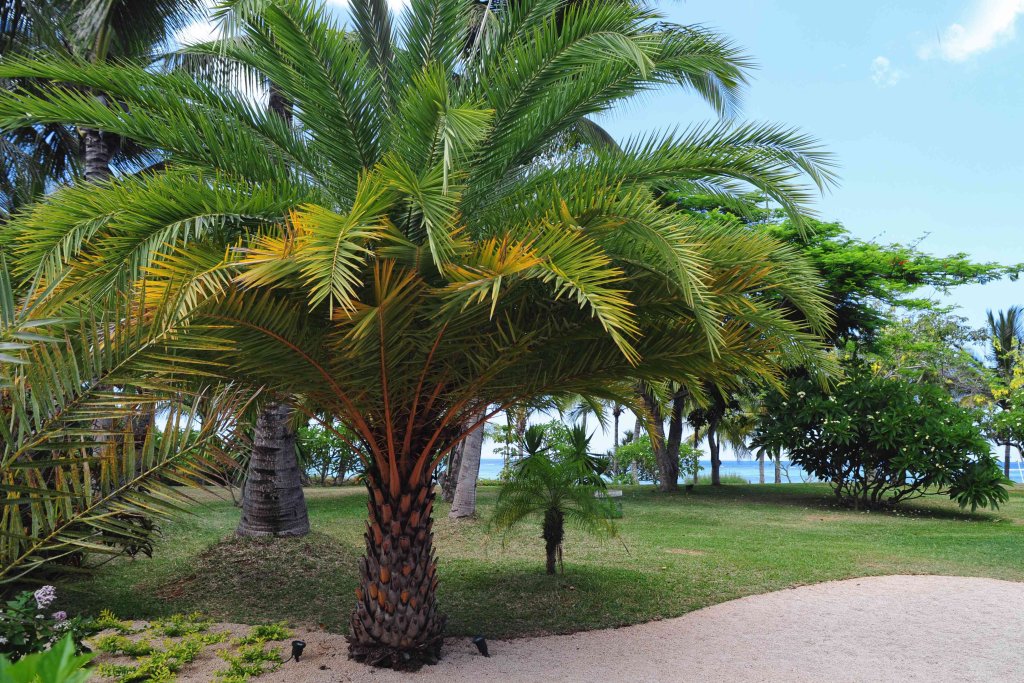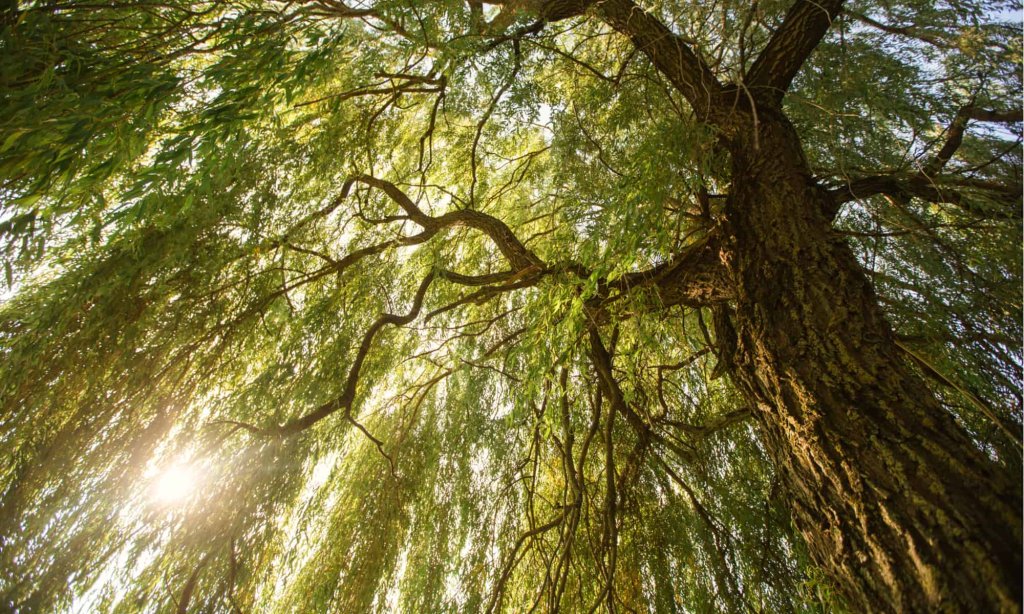Our Earth has many stories about animals and plants. Some almost disappeared but came back because people worked hard and used smart science. One way to look at different trees is through a guide of tree names and images. One story is about a tree that was almost gone forever. People, scientists, and nature lovers everywhere are amazed by this story.
Have you ever thought of a tree that was once extinct and was revived? This tree was lost, but now it’s found again because people took care of it and it’s home. This shows we can fix things when we hurt nature. What tree is this, and how did it survive? Get to know about this tree that beat extinction. It reminds us that we can save nature, and nature can come back strong.
So, let’s see which amazing tree is that and how it came back to life.
Reviving the Judean Date Palm
The Judean Date Palm, believed to have been extinct for centuries, made a surprising comeback. In the 1960s, ancient seeds were found in Israel’s Masada fortress. These seeds, around 2,000 years old, were carefully kept. Recently, a team of scientists and plant experts took on the challenge of reviving them.
Through precise methods, including special soil and controlled growth conditions, they succeeded in growing a new Judean Date Palm. This achievement showcases human skill and the power of nature. It’s a reminder that with dedication, even long-lost species can return. These palms now grow in gardens as a living link to ancient times. They connect our world today with the history of the Judean region.
More About Judean Date Palm

1. The Ancient Origins
The Judean Date Palm, scientifically named Phoenix dactylifera, was not just a regular tree. It was very important to the people in that area. You can see how special it was in old books, art, and even on old coins. The tree could grow in tough places, like deserts, and survive. That’s why it symbolizes not giving up and having hope.
As time passed, people started growing the Judean Date Palm in other places, like North Africa, Spain, and even the Americas. It became a big part of farming and gardening. People kept passing down how to grow this tree from one generation to the next, which helped make farming better in dry places. So, this special tree’s story kept growing and changing over time.
2. The Fall from Grace
The end of the Judean Date Palm was a sad sign of how things changed in the old Near East. The weather became less friendly to these special palm trees as time passed. They needed a lot of water to live, and with less rain and different weather, there weren’t as many of them. Cutting down trees also made them disappear.
As people built more houses, used wood for fires, and made farms, they chopped down a lot of forests, including where the Judean Date Palms lived. This hurt their homes and made them almost vanish.
3. The Archaeological Discovery
These old Judean Date Palm seeds stayed safe in the desert for nearly 2,000 years. They have a fantastic story of not giving up and coming back to life. Scientists and plant experts faced a big challenge: to make these old seeds grow again and bring back a plant that everyone thought was gone forever. With lots of care, something amazing happened.
One of these old seeds started to sprout and grow. This made scientists and people all around the world really amazed. It didn’t just teach us about the history of plants in that area, but it also made us wonder if we can save and bring back other plants that are in danger because of the fast changes happening in our world.
4. The Remarkable Revival
The Judean Date Palm’s comeback story is amazing. These really old seeds, around 2,000 years old, were found at Masada in Israel. Dr. Sarah Sallon and her team worked hard to wake up these ancient seeds. It wasn’t easy.
The scientists faced many problems, like the seeds getting worse over time and finding the right conditions for them to grow. They read old books, talked to plant experts, and tried different ways until they succeeded.
5. The Significance of Revival
The successful revival of the Judean Date Palm seeds is really important. It helps us understand how people used to grow things in the past and shows us that plants are really tough. This achievement also reminds us that we need to be careful when we mess with nature.
6. Modern Cultivation
Today, because of scientists and plant experts working hard, the Judean Date Palm is making a comeback. These trees, grown from old seeds, are doing really well in different parts of the world. They show how strong nature is and how determined people are to keep their history alive.
7. Cultural and Culinary Significance
Judean Date Palms are not just important plants. They also have cultural and food value. The sweet and juicy dates they make are loved by people worldwide. They also have a special meaning in history and connect us to our ancestors and human history.
8. Environmental Impact
The comeback of the Judean Date Palm also shows how important it is to take care of different plants and animals. When we see a species coming back to life after we thought it was gone forever, it reminds us that we need to protect and save our natural world.
Conclusion
The Judean Date Palm, once thought to be gone forever, came back to life. This amazing tree, whose seeds were lost for thousands of years, was given a second chance. Scientists and plant experts worked hard to make it happen with careful care and smart methods; they grew new Judean Date Palms.
Now, these trees stand tall, telling us a story from ancient times. They remind us that life can find a way, even after a very long sleep. They connect the past with today, growing strong in our gardens. The Judean Date Palm’s return is a big achievement for everyone involved.
It shows that sometimes, old things can become new again.

